Pet food bags are used as pet food packaging. Pet food bags come in different shapes and sizes, as well as with different characteristics. This guide gives you insights into pet food bags to help you choose the most suitable bag for your product.
1. The benefits of pet food packaging bags
Here are some advantages of pet food packaging bags:
- Pet food bags are uniquely designed for packaging pet food.
- Pet food bags are cost-effective and portable.
- Pet food packaging bags are easy to use. Most pet food bags come with a resealable closure, which makes them very user-friendly.
- Easy storage of pet food bags is also a huge benefit.
- It is possible to extend the shelf life of pet food by packaging it in bags.
- Bags for packaging pet food are available in a variety of sizes for small or large quantities of pet food.
- Keeping pet food in bags is a convenient way to keep it fresh.
- Most pet food bags are made from recycled materials.
- Most of the pet food packaging bags come from biodegradable products, which makes them friendly to the environment.
- The flexibility of the pet food bag makes it easy to transport.
- Pet food packaging material with high barrier properties protects contents from harsh weather conditions.
- Pet food packaging bags are available in various styles and styles.
- Pet food packaging bag is an innovative way of pet food packaging.
- After you’ve used up the contents of the bag, you can keep the pet food bag for another use at home.
2. The remarkable features of pet food bags
Some notable features of pet food bags include:
- Easy to open and close closure
- Pet food bags are usually stand-up pouches.
- Pet food bags are produced from materials with high-barrier properties.
- Clear label style and nutritional information
- Pet food bags will often have a clear picture of your pet as part of the design. For example, a pet food bag containing dog food will have a picture of the dog printed on it.
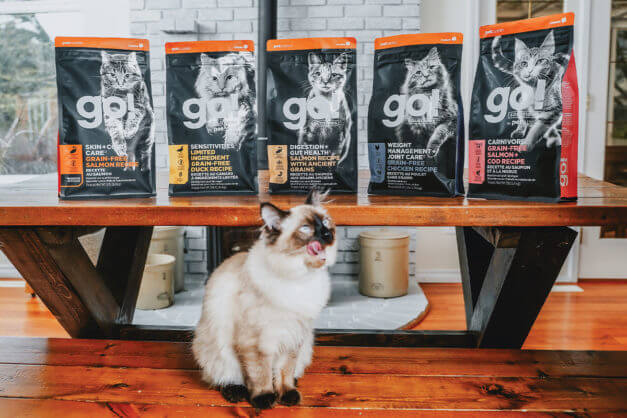
3. Common pet food bag styles
Food packaging bags come in many styles, shapes and sizes, and pet food bags are no exception. Some common styles and designs of pet food bags include:
- Stand-up pouches: These are the best choice for packaging small quantities of pet food. These pouches are the most economical style of pet food bags. The popularity of stand-up pouch designs among pet food bags has declined due to stringent government regulations. Stand-up bags are great spill-resistant bags that prevent products from spilling during shipping and display.
- Four-seal bag: The pet food bag adopts a four-seal design, which is large. This style of a pet food bag is suitable for packaging large quantities of products. The four-seal bag style provides ample space for advertising and branding on the bag. Although the four-way bag cannot be displayed alone, it is still very conspicuous on the display shelf. This style is also economical.
- Flat bottom pouch: This style is less economical than other pet food bag styles. The flat bottom pouch style for pet food packaging is suitable for both small and large batches of products. Space is left on the package for branding and nutritional information. The flat bottom of this bag allows it to stand tall when on display.
- Bottom pockets: Bottom pockets are suitable for large quantities of products. When using this style, you should focus more on the bottom since that is the visible part of the presentation.
- Pet food bag with spout: This bag has a spout with a lid for easy re-use and opening. This type of pet food bag comes in different shapes and is perfect for packing wet and dry pet food. Spout closure helps keep contents in and prevents spills.
- Stand-up kraft paper pet food bag: This is a stand-up bag made of kraft paper, available in a variety of shapes. The kraft paper is compostable and the interior is lined for protection from environmental elements.
4. The best material for pet food bags
Most pet food bags have multiple layers and are made from various types of materials, such as PET and PE.Some pet food bags are also made from barrier laminates, coated papers, and power block materials. The material of the pet food bag determines the length of the product’s freshness. Using high-barrier materials for your pet food bags will ensure the longevity of the contents.
5. The difference between roll pet food packaging bags and pouch pet food packaging bags
While pouches are the most popular pet food packaging, there are other less popular options. An example of other pet food packaging is roll-to-roll pouches. Here are some of the differences between roll and pouch packaging for pet food:
- There are different materials available for pouch packaging, but you have limited options for roll materials.
- Pet food bags come in different styles, but not in rolls.
- Your pet food stays fresher longer when it’s in a pet food bag.
- Pet food packaging bags are high barriers to protect their contents from the adverse effects of the weather.
- The materials used to make pet food bags are usually puncture resistant, so they offer more protection during shipping. Coil packaging is not as strong as bagged pet food packaging.
- Using pouches for pet food packaging increases the durability of the packaging. Coil packaging for pet food is not as durable as bag packaging.
- Bag pet food packaging is made from biodegradable materials that are easy to recycle. The same cannot be said for coil packaging materials.
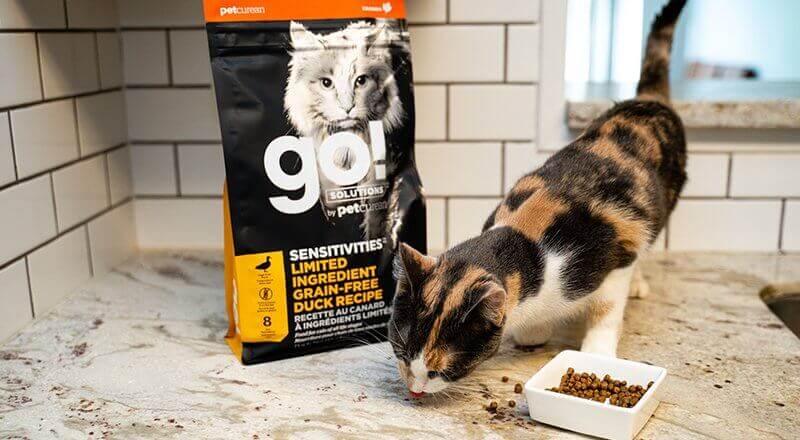
6. Sustainable pet food bag options
Sustainable packaging refers to the use of packaging materials that are environmentally friendly and do not contribute to the degradation of the planet. Many companies are adopting sustainable packaging methods as it helps reduce their overall carbon footprint. Most manufacturing companies use sustainable materials such as biodegradable materials to manufacture packaging products. Recyclable bags, compostable bags, and paper bags are all options for sustainable pet food bags that lead the market in sustainable flexible packaging and custom value-added assembly services.
- Recyclable bags: This sustainable packaging option involves using materials with the same composition so they can be easily converted after use. For example, plastic components are used to make packaging bags, and the plastic is then recycled into another useful product.
In addition to using bags that can be recycled, sustainable packaging also involves reusable packaging.
- Compostable bags: Another option for sustainable packaging is to use biodegradable materials, that is, they break down easily. Compostable bags help eliminate environmental clutter and help the ecosystem continue to function.
- Paper bags: Using paper as a packaging bag simply means that the bag is recyclable. This is a great way to make sustainable packaging and save some members of the ecosystem, namely trees.
Besides being recyclable, paper bags are also compostable.
7. Recommended standards for pet food bags
Pet food bags, like other packaging bags, must meet certain standards in order to be distributed and sold.
- Pet food bags must be FDA-approved and made of food-grade materials. Pet food bags should not contain harmful or toxic substances that could contaminate the product.
- Water-based ink: You only need to use water-based ink on pet food bags. Water-based inks are environmentally friendly and contain no toxic chemicals. Using water-based ink also ensures that the pet food bags are easy to recycle.
- Regardless of the number of pet food bags a customer orders, print quality should not be compromised. Printing on pet food bags should be legible regardless of the order quantity.
- Every material used to make pet food bags must be recyclable and compostable. To ensure that all packaging products are environmentally friendly, pet food bags must meet this requirement.
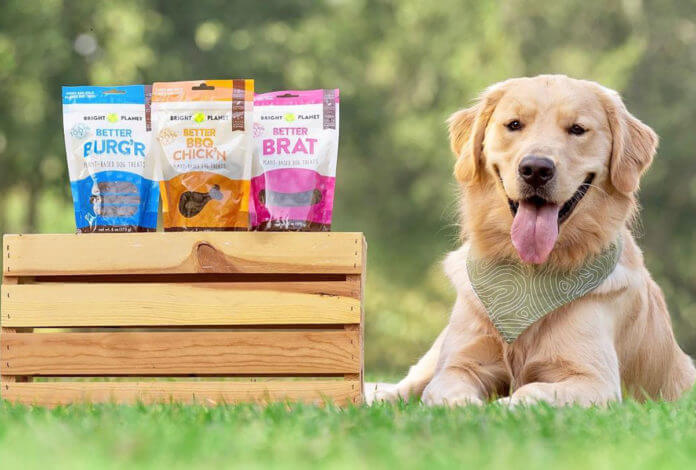
8. The difference between stock and custom-printed pet food bags
As with other bags, you also have the option to customize your pet food bags or use stock bags. The differences between stock and custom-printed pet food bags include:
- Stock bags are plain with no design options, but using custom-printed bags gives you design options. While stock pet food bags come in a variety of styles, there is no brand atom on them. The sides of the stock pet food bags are born with no writing of any kind on them.
- When you customize your pet food bag, you can choose additional extras, unlike stock pet food bags.
- Custom-printed pet food bags look more aesthetically pleasing than stock pet food bags. When you walk into a store, brightly colored bags are more likely to grab your attention than plain bags.
- You can get creative with the shapes, sizes and styles of your custom-printed pet food bags. When you choose custom-printed pet food bags, you have complete control over how the bag looks. With stock pet food bags, there is no uniqueness or personal touch on the bag.
- Custom-printed pet food bags do more to promote your brand than stock bags. Your packaging is your first chance to impress your customers, and stocking pet food isn’t very impressive.
- Unlike custom-printed pet food bags, stock pet food bags do not incur any additional design or printing charges. One advantage of stock pet food bags over custom printed pet food bags is their cost-effectiveness. If you’re on a tight budget, you might want to opt for stock pet food bags.
- The delivery and production time of stock pet food bags are longer than that of custom-printed pet food bags. In-stock pet food bags are available on demand, but custom-printed pet food bags take more time to arrive.
9. Custom printing options for pet food bags
The custom printing options available for pet food bags are:
1) Gravure printing:
Also known as reverse printing because it involves printing on the inside of the outermost layer of the bag.
2) Digital printing:
This option involves using a digital printing press to produce high-quality prints. Digital printing is available for fewer order quantities.
3) Hot stamping:
This is a newer printing option that involves using a printing stencil to create a clean and simple design.
4) Flexographic printing:
Flexographic printing is suitable for printing on paper materials. It involves using a flex board.
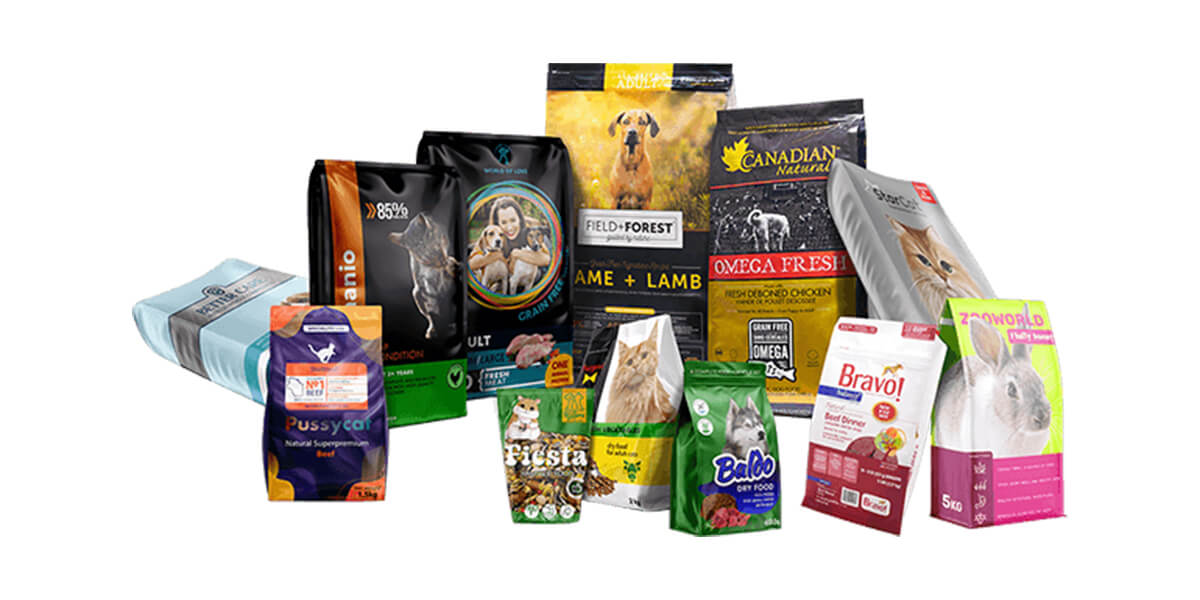
10. Pet food bag air release system
Trapped air in pet food bags can cause the contents of the bag to break down and deteriorate. Due to trapped air inside, the product may become unstable and reduce shelf life. Pet food bag manufacturers have incorporated features to help remove trapped gas. The two most popular features for releasing trapped air are:
- Vent valves: These valves allow the release of trapped air from the inside of the pet food bag while preventing oxygen from entering the interior. The removal of oxygen makes the pet food bags more flexible and easier to store. The degassing valve helps keep pet food fresher for longer.
- Micro perforations: Some manufacturers strategically place microscopic holes in pet food bags to systematically release the trapped air.
11. Closure options available for pet food bags
Closure options available for pet food bags are:
- Press-to-close zipper: This is a reclosable closure type where you need to press the two sides together to close.
- Slider closure: This is another reclosable closure as well. You slide the slider from one end of the bag to the other to close or open it.
- Hook-to-hook closure: To close this type of closure, you simply slide your hand over the bag while pressing down on the hook.
- Heat seal closure: This is not a resealable closure and is for single-use product sizes.
- Zipper closure
12. Why and when to choose disposable vs reusable/reusable Pet food bags?
When choosing the type of closure for a pet food bag, you need to consider the amount of product it will contain. You can use the disposable closure when the pet food pouch only holds one serving of pet food. If the pet food bag is more than one serving, you should choose reusable pet food bags. You can also convert pet food bags to other uses when you choose a reusable closure.
13. Additional features applied to customized pet food bags
When customizing your pet food bag, you can request extra features to be added to the bag. These additional features include:
- Gussets: Some people choose gussets to give the pet food bag a different shape and make it look more unique.
- Hanging hole: This function is mainly used for non-standing pet food bags. The hanging hole is used to hang the bag on the shelf for display.
- Small gate
- Perforation
- Extended lips
- Enlarging headers and footers: You have the option to increase the size of headers and footers on pet food bags.
- Mixed net
- Window
- Handle
- Curved edge
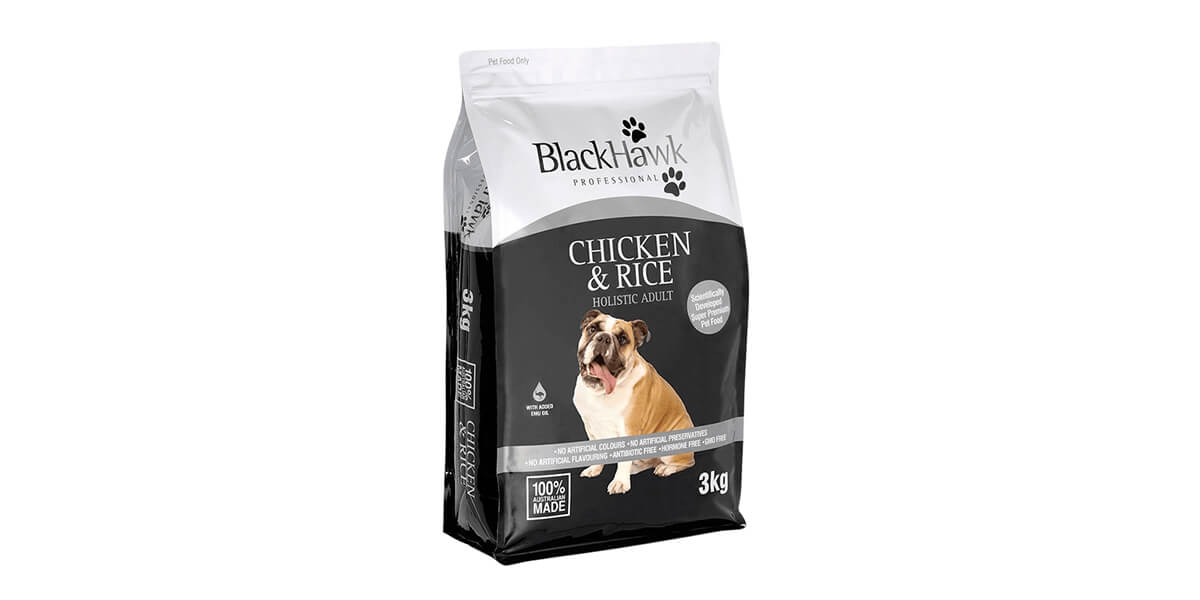
14. Key considerations for designing effective pet food bags
When choosing a pet food bag design, there are certain factors to consider. Some key factors you need to consider include:
- Product quantity: The quantity of pet food you want to bag will determine the style, shape and size of the bag.
- Bag size: The next thing you should consider is the size of the bag you need. After you decide how much product you want, you can decide what size bag will be appropriate.
- Design and materials: Packaging design is the first thing your customers see, so make sure you pay attention to it. The material and branding of your packaging is your first opportunity to sell your product to consumers.
- The target consumer: Pet food bags for dogs look different than bags for the cat or fish food. You need to consider this to design a specific pet pack for your target pet.
- Budget: This is probably the most important factor you need to consider when designing your pet food bag. The amount of money you invest in a design project determines which design options are available to you.
- Availability of your material of choice: You will need to check with your manufacturer to ensure that the material required for your design is available.
15. Choose the color for the PET food bag
When choosing a color for your pet food bag, you can choose from up to seven colors. It is usually best to use Pantone colors as Pantone will give you the exact shade you are looking for. When printing on packaging materials such as kraft paper, you can use a variety of colors. The more colorful your pet food bags, the more customers you will attract.
16. Surface treatment options for pet food bags
The finish of your pet food bag can have a huge impact on your brand appeal. The finish options are as follows:
- Matte finish: This type of surface finish doesn’t look shiny or attractive from a distance. It makes your pet food bag look more mature and elegant. Prints on matte surfaces are easier to read in bright light. Pet food bags made of paper-based materials such as kraft paper have the best matte finish.
- Glossy finish: Pet food bags with a glossy finish are more eye-catching and attractive due to their glossy properties. The smooth surface makes your pet food bags look better. Although it can be difficult to see the print on the glossy surface under bright lights, it is still a popular finish for pet food bags. Many manufacturers prefer a glossy finish because it imparts a noticeable shine to the packaging.
- Metallic finish: A metallic finish is shiny like a gloss finish, but the gloss has a metallic tinge. Metal finishes are similar to glossy finishes, but a higher end. Finishing the surface of a pet food bag can improve the overall appearance of the bag. The surface treatment also makes the pet food bags more resistant to corrosion and other weather conditions.
17. Factors affecting the cost of pet food bags
Here are the factors that affect the price of pet food bags:
- Materials used to make pet food bags: Some material options are more expensive than others. The more expensive the material you use for production, the more expensive the pet food bag, and vice versa.
- Size of the bag: Larger pet food bags cost more than smaller pet food bags because more materials are involved in production.
- Additional features: The number of additional features on a pet food bag can add to or subtract from the original cost.
- Types of pet food bags: Stock pet food bags cost much less than custom-made pet food bags.
- Design of pet food bags: The use of more advanced printing technology and expensive post-processing increases the cost of pet food bags.
We design and manufacture the best pet food bags that meet food safety standards.

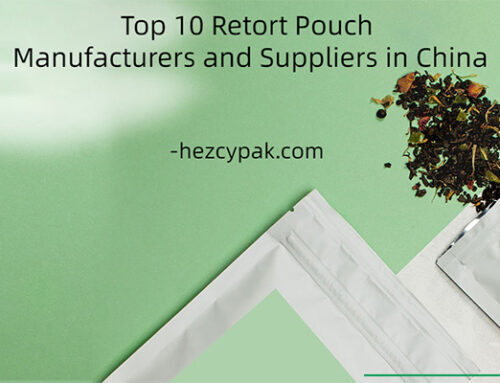
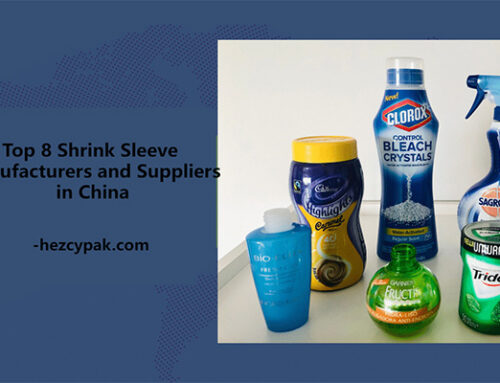
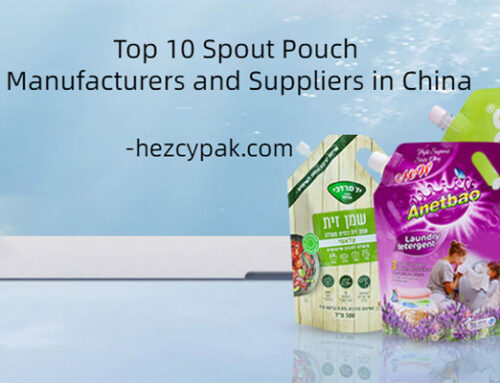
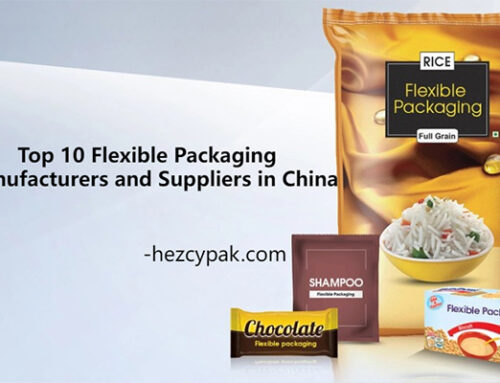
Leave A Comment